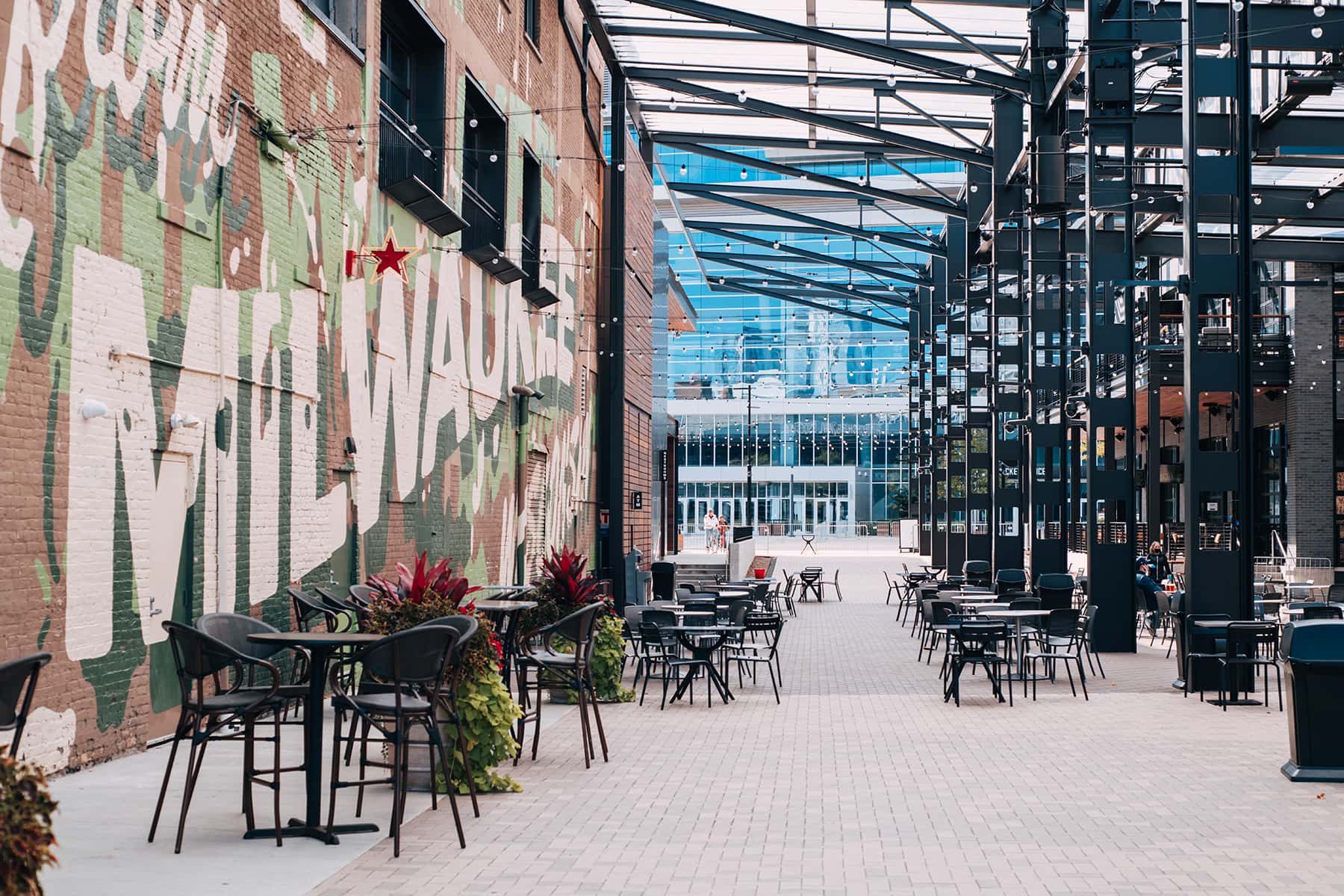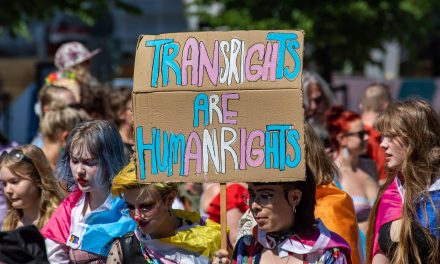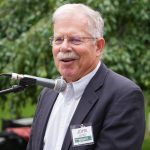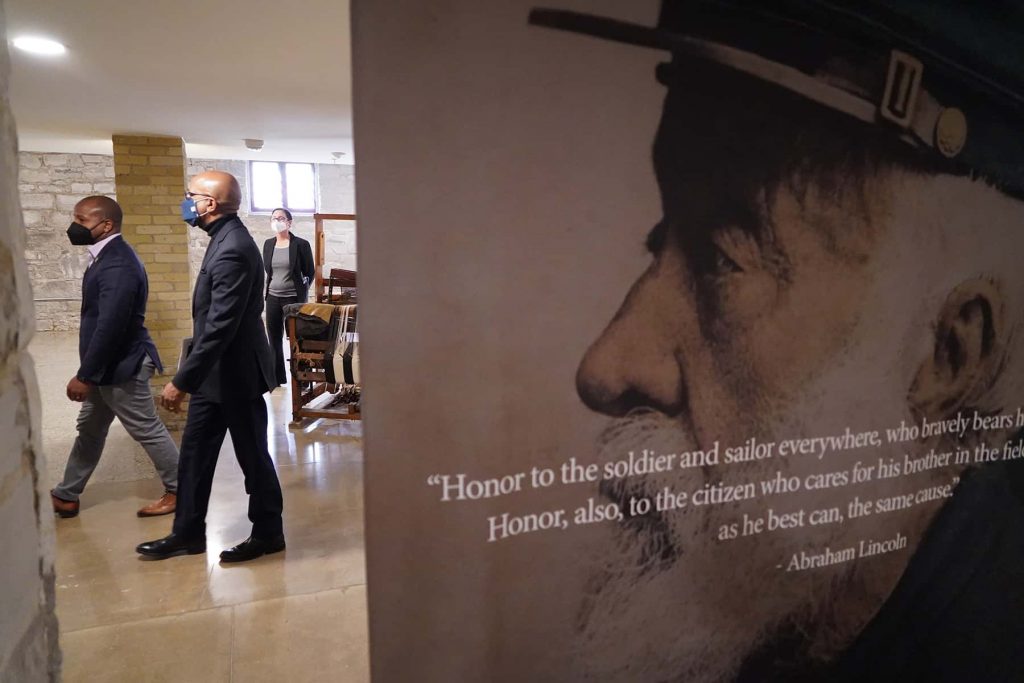
As the pandemic shows signs of winding down, it’s worth thinking about the near future, which, naturally, will be here very soon. And, soon after that, it will be the new past.
Here’s hoping that, in our neighborhoods, we’ll be able to look back and say, “We took advantage of new opportunities,” instead of, “Dammit, we missed the boat on this one.”
It’s worth repeating the quote of historian F.W. Maitland, “We should always be aware that what now lies in the past once lay in the future.”
In situations like this, there are three good ways to learn and understand where we want to go. They are: What is the story (history)? What is it like (comparisons and others’ experiences)? And what are our (often-unexamined) assumptions?
Here is the first, and most basic, assumption for Milwaukee and many of its neighborhoods: There is no going back to the old “normal,” and nobody should want to. The future for communities has to be better, healthier and more peaceful.
To begin a discussion, here are some basic assumptions about the immediate future that should be tested. These are not predictions, but discussion points. As Mark Twain said, “Prediction is difficult, particularly when it involves the future.”
Assumption One: When you ask, what do people on Milwaukee’s North and South sides need, close to the top of the list is a single word: Money. It’s pretty simple: Poverty = lack of money. Small businesses need local customers, and people need money to be customers.
It now appears that there will be infusions of real money, from the federal stimulus, into low-income communities. There is a widespread belief on the political right that you can’t solve problems by throwing money at them — unless, of course, it’s thrown in their direction. This is false. Throwing large amounts of money at a problem can solve it. It just has to be thrown accurately.
And there is the rub, especially in communities that have fought for crumbs and acquired a zero-sum, “you got it, but I should have” mentality. Experience teaches us that there are lots of ways to screw things up and squander one-time opportunities. Solid planning, high levels of trust, safeguards, accountability and a focus on execution are the keys to getting it right and bringing about real change.
Assumption Two: Anger and rage can be useful tools. They are not a strategy, and they don’t provide a pathway to action and sustained improvement in community life. Anger is justified, but it is also light work. I’m angry!! Now what? The central question: How do we get from A to B? Anger never gets you there.
Assumption Three: Even at the neighborhood level, it is critical in this environment to think big. Repeat: thing big! If nothing else, the pandemic has made the scale of the challenges and the underlying inequities that low-income communities face crystal clear.
If you read Milwaukee Neighborhood News Service, three things become clear pretty fast. The first is that there is a wealth of creative and committed young talent in Milwaukee. The second is the range of “green shoots” that this talent pool has produced. And the third, the generational divide that separates this group from older leaders who have lived in, and adapted to, an environment of “think small” and just try to keep the ship afloat.
Thinking small about big problems is the path to pessimism, cynicism and the erosion of trust. And for these negative norms to become “just the way things are here.” As Leo Tolstoy said in Anna Karenina, “There are no conditions to which a person cannot become accustomed, especially if they see everyone around them living in the same way.” A basic challenge is to become unaccustomed to unhealthy things that now seem normal because we are used to them.
Assumption Four: The starting point should be a clear, concrete vision of the community’s desired future, rather than beginning with a list of issues, grievances or problems. That shared vision, what we want our neighborhoods to be, is the mobilizing force for getting everyone pulling together to achieve a better future. And also to hold those with real resources accountable. That is, here is where we are going, here is what it will take to get there, so don’t nickel and dime it.
Assumption Five: Even at the community level, understanding and using history are essential to moving forward. The “structures” in “structural racism” did not pop up overnight. For example, to understand the culture and behaviors of the Milwaukee Police Department, you have to go back more than 50 years to the racist and anti-Semitic tenure of Harold Breier. Cultures are persistent, and hard to change. What we know how to change are behaviors.
But – big but – history can also be a trap, especially if it is used to relentlessly focus on victimization, even when there is a strong case for it. The flip side of white people’s “just get over it routine” is to constantly look backward and to obsess with fixing blame rather than solving problems and finding pathways and relationships that can lead to a better future.
Assumption Six: Racism and bigotry are related, but not the same thing. Here is a question. Are people who have faced racism entitled to their own bigotry? I believe that the correct answer to this question is a resounding “no.” And, that “no” has a lot of relevance at the community level.
A basic assumption: a healthy community is one in which misogyny, homophobia, anti-Semitism and negative stereotyping of any group don’t go unchallenged. There is enough misery imposed from outside communities of color without it being compounded within these communities.
Across racial and other groups, Americans have acquired the bad habits of judging other groups by their worst members, and individuals by the worst thing they have ever done. A healthy community is one in which peace, love, justice and inclusion are the norms.
Assumption Seven: Anti-violence and community peace are not the same thing either. The current (correct) focus on police violence should not lead us to minimize or not address the enormous human, social and monetary damage inflicted by high levels of violence.
For example, what would the response be if this week’s local headline read “Police shoot and kill three people on North Side?” Without any fear of contradiction, I can say that it would be hitting the fan as this is being written. But there were multiple gun killings in recent days, just a typical week in the “inner city,” something that many have come to see as normal. Even worse, in the eyes of many, these deaths and maimings are OK because “they’re killing each other.”
Assumption: There are proven methods to produce big reductions in urban violence. They are the ones that combine addressing structural issues, providing real opportunities and effective policing. These three are an integrated package, not a menu where you pick and choose.
Assumption Eight: A premise from a famous quote: “A thought which does not result in an action is nothing much, and an action which does not proceed from a thought is nothing at all.” An additional premise: The real challenge at the community level is to find the absolute outer edge of positive change and then act to get there.
It is about building coalitions for change, including the right champions, solid planning and then, concerted action that produces visible short-term gains and long-term change that results in peaceful, thriving communities. Assumption: this is not pie-in-the-sky. It is doable.
Frank Schneiger
Frank Schneiger is the founder and president of Frank Schneiger and Associates., a planning and change management company serving the nonprofit and public service sectors.
Kаyle Kаupаnger















